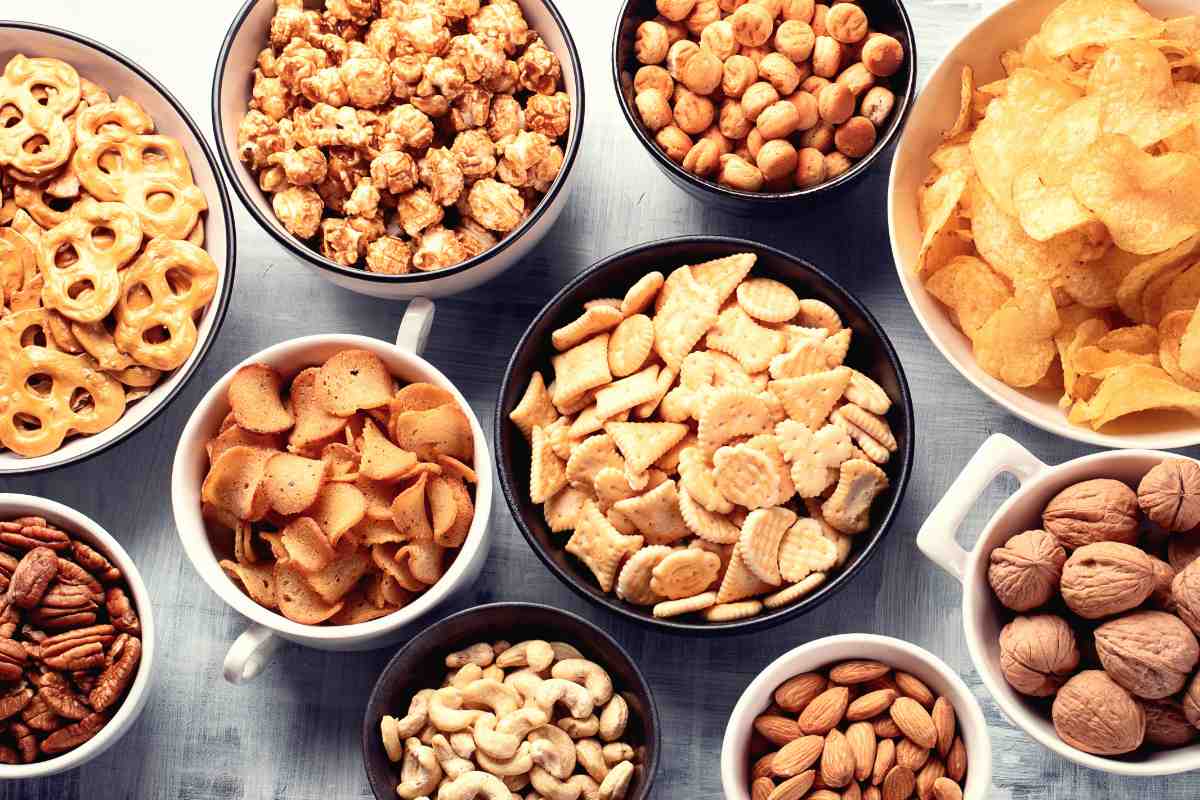Snacking definitely remains a lifestyle, with 49% of consumers snacking three times or more a day, and it’s still growing, especially among younger consumers who are fueling this dynamic trend, according to Circana’s 2023 Snacking Survey reported by Food Business News magazine.
However, Circana forecasts the snack category to experience only modest growth in the lower single-digit range going forward after a surge of sales and unit growth during the pandemic. That said, greater growth could be realized if snack manufacturers step up their game plan and drive sales with creative merchandising, promotion, and new product innovation.
Those were some of the many key takeaways from Sally Lyons Wyatt, Executive Vice President and practice leader for client insights at Circana, during her state-of-the-snack industry presentation at SNAC International’s Executive Leadership Forum (ELF), held in Colorado Springs, Colo.
Find authentic Italian bakery and snack products on the Italianfood.net platform
US MARKET TRENDS
Overall, core snack sales such as potato chips, tortilla chips, popcorn, nuts, and cheese snacks rose 8.5%, but unit sales fell 2.1%, according to Circana omnichannel data for the year-to-date ended Sept. 10, 2023. The extended snack category, which includes yogurt and similar items that compete with core snacks, also saw similar performances as well as the entire mega snack category.
Through mid-year 2023, Circana research indicated that the extra-large snacking companies with $6 billion or more in sales are seeing their share of the pie grow along with smaller businesses with less than $100 million in sales. However, the other large and mid-sized snack companies are seeing slight declines in their share of the market.
Snack makers also shouldn’t expect the hefty annual increases in dollar sales they saw during the stay-at-home pandemic period unless companies continue to raise prices to cover higher ingredient and operating costs. Ms. Lyons Wyatt urged snack companies to try to minimize pricing partly because some households are having difficulty keeping up with inflation.
In general, US consumers are facing macroeconomic tailwinds and headwinds. The tailwinds include a strong labor market and inflation rates that continue to cool. However, consumer packaged goods prices have risen 30% since 2019, and wage growth hasn’t kept up. Moreover, households are dealing with the rising cost of credit, higher consumer debt, increasing child poverty, the restarting of student loan repayments, and burgeoning housing costs.
CONSUMERS’ CHOICES
The Circana report pointed to a bifurcation of consumers with lower and middle income households having the greatest concerns about inflation and their financial situations. In fact, Circana studies show 60% of lower-income households and 52% of middle-income ones are “extremely” concerned about food cost inflation compared with 51% of upper-income households who say they’re only “somewhat” concerned.
The research firm’s data also indicate an upward trend in some shopping behavior, including 25% of consumers who are now buying what’s on sale more often than their favorite brands while 72% of consumers look at prices before choosing what snacks to buy.
Households also are purchasing a smaller assortment of snacks and looking for more convenient-sized packages. They’re also trading down to private labels when their budgets are tight.
Ms. Lyons Wyatt suggested that inflation has a “compounding effect,” where the strain on a household’s budget builds up over time. That effect, she added, is significantly larger for lower and middle-income households. To drive sales going forward, she recommended that snack producers develop a tiered pricing structure that works best for their brands.
MERCHANDISING OPPORTUNITIES
Ms. Lyons Wyatt also encouraged greater innovation. With the exception of the extra-large snack players, Circana data indicate that companies are decreasing their investments in new snack innovation despite new snacks historically fostering category growth. She also mentioned that snack producers might look at creative merchandising opportunities, such as the Taylor Swift and Beyoncé concert movies, especially when they start streaming.

